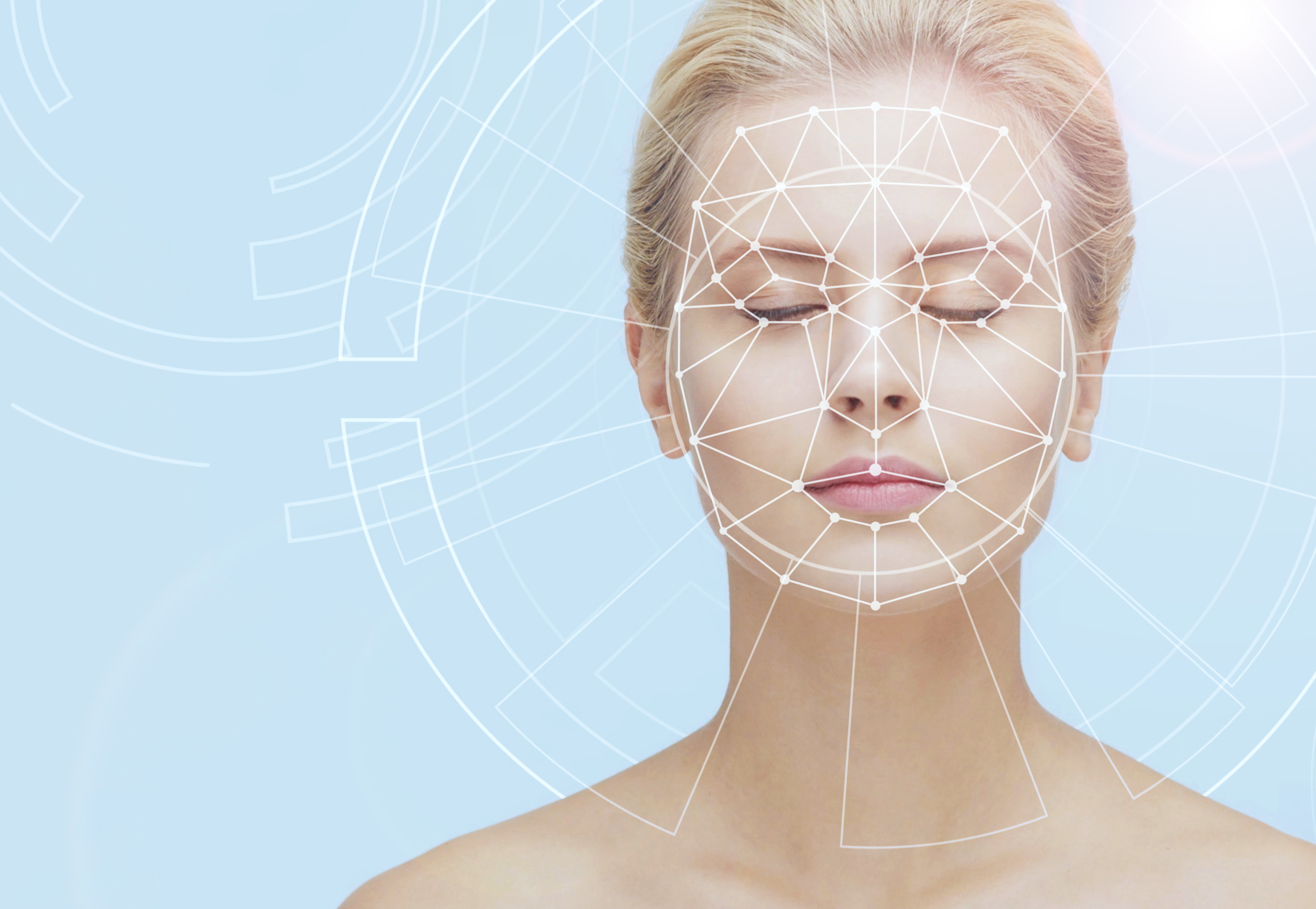Your ‘Tox Questions Answered!

We're asked questions like these all the time! Get answers from a trusted, expert source.
Dr Alex Kuritzky, cosmetic dermatologist and DERM Lab medical director, answers questions like these every day. As a board-certified dermatologist, clinical instructor at UBC, and renowned speaker on dermatology topics, she is an expert in her field, and has been helping patients to achieve skin health and confidence for over 13 years.
Below, we’ve taken your questions and created a candid discussion of neuromodulator treatments like Botox®, Xeomin®, Nuceiva® and Dysport®.
We’ll break down what it does, how it works, the concerns it can treat, the risks you should be aware of, and how to choose an injector you trust!
This is by no means an exhaustive list. We know there are more questions out there and we've got answers for those too (just not enough space here). Stay tuned for details of our upcoming clinic seminar, in which Dr Kuritzky will speak about neuromodulator treatments and answer your questions in person. Interested in attending? Send us an email and we'll keep you posted. See below for more info.
FAQ Summary
Click a question to jump to the answer!
What is Botox®?
Is it safe? Could I get botulism?
How does it work?
Will I look frozen? Will everyone know?
Does it hurt? Is there downtime? What does it feel like?
How long does it last?
Which areas can I treat?
How much do I need? How much does it cost?
Tox? Filler? What's the difference?
If I decide to stop later, will my lines be worse than when I started?
What are the risks?
Why do we get fine lines and wrinkles?


Each time you make an expression, your facial muscles move forming crinkles in the skin overtop. Creases that form with movement are called dynamic rhytids. Fine lines start to develop over time due to collagen loss and repeated muscle movements. As expressions are repeated (or chronically held, sometimes unconsciously!) and collagen production declines, fine lines can deepen to become more persistent static rhytids. Other factors that can affect fine lines and wrinkles are skin quality, dehydration, sun damage and genetics.
What is Botox®?

Is it safe? Could I get botulism?
Cosmetic Botox®, Xeomin®, Nuceiva® and Dysport® are all Health Canada approved for the treatment of fine lines and wrinkles. When administered by a trained and experienced injector in a clinical setting, tox treatments have an excellent safety profile. In fact, before Botox® was ever used cosmetically, it was first approved for medical use in 1989, and is commonly used therapeutically to treat conditions like muscle spasticity, cerebral palsy, eye twitching, excessive sweating, overactive bladder, crossed eyes, lazy eye, migraines and headaches.
It’s true that neuromodulators contain botulinum toxin, the scary neurotoxin that causes botulism. Will you get botulism? No.
Botulinum toxin is derived from C. Botulinum bacteria. These bacteria exist harmlessly in natural settings like lakes, forests, soil, and in intestinal tracts of mammals and fish. However, when the cell population increases, they form a neurotoxic protein: botulinum toxin. While you could get botulism if you eat contaminated food, the forms of purified tox created in a lab and used by trained health care professionals are subject to stringent medical controls and standards. They are very safe when used correctly.
How does it work?
Like magical fairy dust, tox is prepared in a lab as a fine powder in single-use vials. In clinic, we add saline to create a diluted solution. A small amount of solution is injected into specific points, where the fairy dust tox then works locally on the muscle. Within a few days, the tox begins interrupting the signal that would cause the muscle to stiffen or contract. With the muscle more relaxed, facial expressions can appear softer. This helps to smooth lines and can give the appearance of being better rested, more alert, less angry or less worried. The effect of the tox is strongest in the first 6-8 weeks after treatment. After this, there is a gradual diminishing of the effect (it's not permanent).
Will I look frozen? Will everyone know?
Nope! Movement is important, and so is expression. Tox treatments are highly customizable. When administered by a trained and experienced injector, the results should be subtle and natural. Make sure to choose an injector who shares your aesthetic values. More on this below.
Does it hurt? Is there downtime? What does it feel like?
Tox treatments are quick! If you’re squeamish about needles, know that this treatment is fast. Moreover, tox is injected using the tiniest needle possible, and ice is used to momentarily numb the area. A few quick little pokes, and presto! You’re done. Needless to say, some areas are more sensitive than others, but any discomfort is usually fleeting. You might feel a brief pinch or sting, but it’s very tolerable for most people (otherwise, we wouldn’t keep coming back for it).
As with any poke of the skin, there is always the potential for a bruise. However, a tiny needle usually means a tiny bruise, if any bruise at all. You might have a small red bump, like a mosquito bite, where the solution was injected, but these typically resolve within 20-30 minutes. Don’t lie down for 4 hours after treatment, don’t rub/massage the area for the rest of the day and skip your workout until the next day. Easy peasy.
Once the tox starts to take effect (within 24-72 hours), it can feel, well, weird. But not in a bad way, just in an unusual way. The treated area might feel tight or heavy for a few days. It may feel strange at first as your brain tries to signal to the muscle but doesn’t get a response. Ghosted. You’ll get used to the sensation and with time the effect will fade.

How long does it last? How many treatments do I need?
Full results are seen within 2 weeks. The effect is strongest in the 6-8 weeks after treatment. After this, you’ll notice a gradual diminishing of the effect. We recommend treatment every 3-4 months for a consistent appearance and best results. That's 3-4 treatments a year.
Which areas can I treat?
In addition to the obvious areas (forehead lines, creases between brows, fans around eyes), tox can be used to treat these areas you might not know about:
- Bunny lines: smooths crinkles on the sides of the nose
- Barcode lines: smooths vertical lines along the upper lip
- Jelly roll: softens undereye bulge when squinting or smiling
- Gummy smile: exposes less of upper gum/teeth when smiling
- Lip flip: exposes more surface area of lip giving appearance of more fullness without filler
- Brow lift: lifts outer tails of brows
- Smile lift: reduces downward pull on corners of mouth
- Jaw-tox: softens strong “square” masseter muscles at corners of jaw
- Chin-tox: smooths “orange peel” dimpling
- Neck-tox: smooths “tech neck” lines, softens platysmal cords and reduces downward pull on jawline
How much do I need? How much does it cost?
Tox is dosed in tiny units. The number of units depends on the area(s) being treated and the strength of the muscle(s). Treatments can range from 25 units to over 100 units. Larger areas (like neck) and stronger muscles (like masseters) require more units.
Tox is priced per unit so the cost of treatment will depend on the area(s) treated and the strength of the muscles. Some clinics may also charge a tray fee, which is a flat fee in addition to the unit cost.
Ask for a consultation in advance to assess how many units you’ll need and ask for pricing to avoid any surprises when you’re checking out.

Tox? Filler? What's the difference?
While both are cosmetic injectable treatments, tox and filler are very different. Tox is used to soften muscles and smooth expression lines. Filler is used to create volume or to build structure and give the skin support. These treatments are complementary and are sometimes done together to achieve a desired result. If you’re not sure which treatment is right for you, ask for a consultation to discuss all the options!
than when I started?
Nope. It doesn’t work that way. Remember the equation at the beginning of this article?

Well, tox treatments work like a Pause button:

If you stop doing tox treatments, that's like pressing Play again. Your muscles will resume regular movement and skin will resume moving and crinkling with it.
However, because of that pause, your skin may actually be in better condition than when you started.
What are the risks?
Tox treatment is the most common cosmetic procedure performed worldwide and tox treatments (both cosmetic and therapeutic), when performed by a qualified professional, are widely considered safe. That being said, no treatment is without risk. Most side effects are minor and self-resolve or are correctable (e.g., small bruise at injection site, temporary swelling/redness at injection site, mild headache, temporary asymmetry, temporary heaviness of the forehead, temporary dry eye or watery eye). In rare cases, complications can include severe headache, allergic reaction, flu-like symptoms, temporary eyelid drooping or temporary mouth drooping.
When administered properly by a trained and experienced health care professional, the incidence of complications is low. Risk of complications is even lower with a thorough assessment of a patient’s medical history, with appropriate dosage and injection technique, and by following your injector’s post care instructions. For this reason, it’s important to choose a qualified injector that you trust and to talk openly about any concerns you have.
Who can perform the injections?
So, how do I choose an injector I can trust?
Many medical professionals perform cosmetic treatments. How do you choose an injector? Dr Kuritzky gives this advice:
|
|
Don't see your question here?
Stay tuned for details on our upcoming Happy Skin seminar! Dr Alex Kuritzky, cosmetic dermatologist and DERM Lab medical director, hosts an open and candid conversation about neuromodulator treatments, plus an open Q&A session.
Interested in attending? Send us an email to dermlabcosmetic@wellclinics.ca or use the button below, and we'll keep you posted.
Cosmetic Consultations at DERM Lab
Every skin care journey in our office begins with a consultation appointment with a board-certified dermatologist. Starting with a thorough understanding of you as an individual, your goals and your preferences, together we then develop a holistic treatment plan, explaining each step of the journey. We believe that conservative and consistent steps, supported by scientifically proven treatments and skincare, provide exceptional results and make for happy patients.
We're excited to begin this journey with you.








